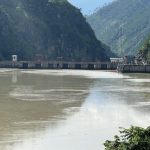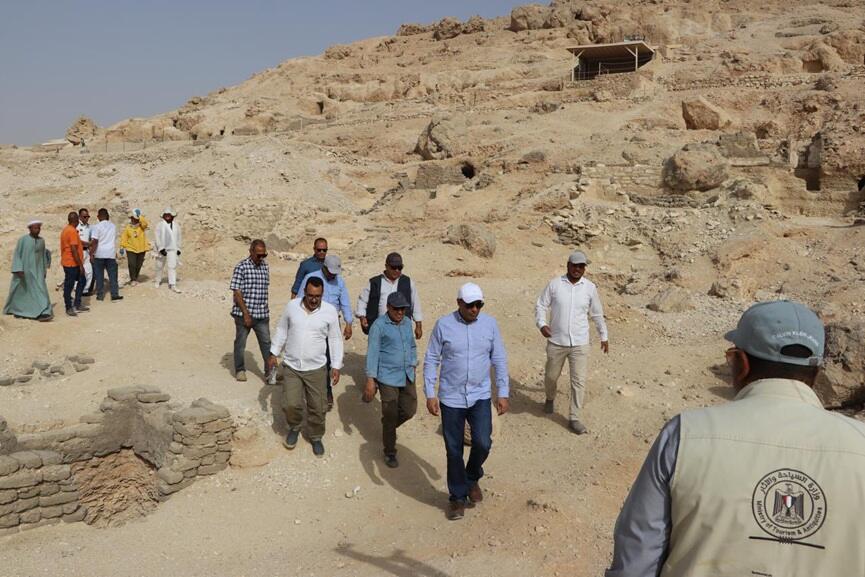Afghanistan: A powerful magnitude 6.3 earthquake shook northern Afghanistan before dawn on Monday, killing at least 20 people and injuring more than 320, as terrified residents fled their homes in the dark.
The epicentre was near Mazar-i-Sharif, a major city in Balkh province, where authorities and rescue workers scrambled through the night to reach affected communities.
The quake struck around 12:59 am local time, jolting Mazar-i-Sharif and surrounding districts. Residents rushed into the streets, fearing their homes would collapse as buildings shook. Early images and witness accounts showed frightened families gathering outdoors, wrapped in blankets, waiting for aftershocks to subside. Part of the historic Blue Mosque, the revered shrine at the heart of Mazar-i-Sharif, was also damaged, officials confirmed.
Taliban health officials warned that the initial toll of 20 fatalities was likely to rise, with rescuers still digging through debris in rural areas where many homes are made of mud and lack structural reinforcement. More than 320 people have been treated for injuries, stretching limited medical facilities.
پیام همدردی رهبری اداره ملی آمادگی مبارزه با حوادث در رابطه به زلزله صبح امروز دوشنبه در کشور!#سمنگان#بلخ#AfghanistanNDMA #ANDMAOfficial pic.twitter.com/jwjnaKWZby
— ANDMA – له پېښو سره د مبارزې آمادګۍ ملي اداره (@AfghanistanNDMA) November 3, 2025
Afghanistan’s disaster management agency said detailed information on casualties and destruction would be shared as teams reached remote areas. This latest disaster adds to the series of devastating quakes Afghanistan has endured since the Taliban returned to power in 2021.
In August this year, a magnitude 6.0 earthquake in eastern Afghanistan killed more than 2,200 people. Major earthquakes in Herat province in 2023 and in Nangarhar in 2022 also caused heavy casualties and widespread damage.
The country sits on a major fault line near the Hindu Kush mountains, making powerful quakes a frequent and deadly threat. Poor construction standards, limited emergency infrastructure, and dwindling foreign aid have made recovery from disasters even harder.
Afghanistan already faces multiple hardships, including drought, widespread poverty, and the return of millions of refugees from Pakistan and Iran. Many families live in fragile homes that crumble easily in strong tremors, leaving survivors exposed and reliant on limited support.
























